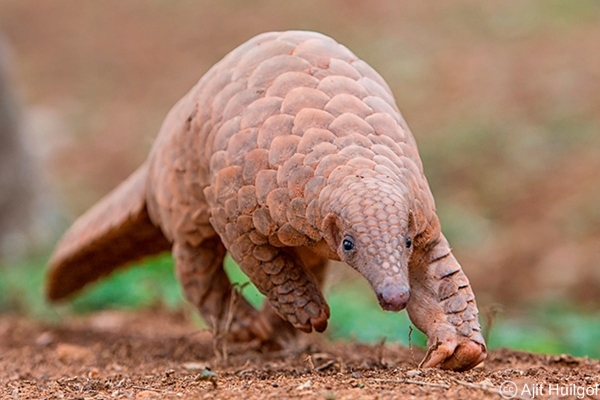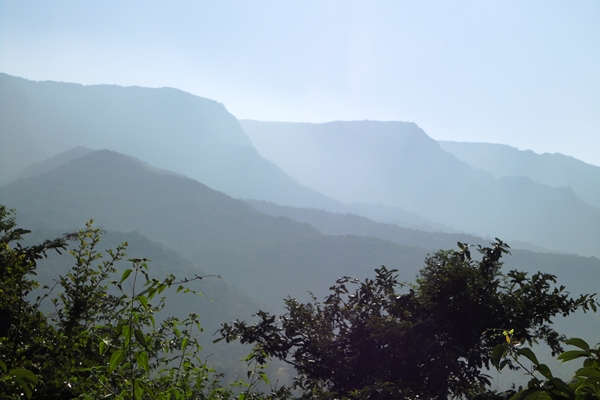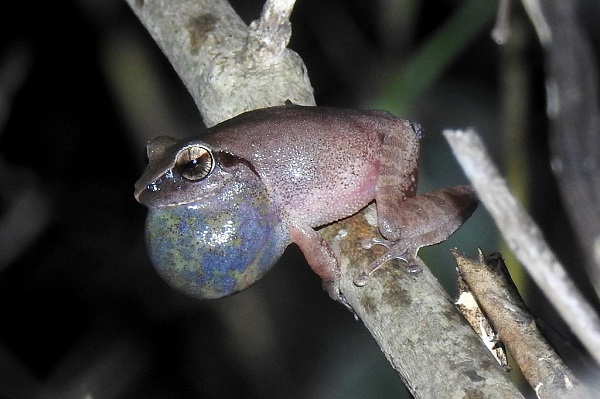
World Land Trust (WLT) is pleased to announce a new project in the Western Ghats of India, protecting wildlife corridors between sacred groves.
WLT is working with our partner the Applied Environmental Research Foundation (AERF), who have been working in the northern range of the Western Ghats for community-based protection of old growth forest since 1994.
The Western Ghats mountain range runs down the west coast of the Indian peninsula, and has been declared a UNESCO World Heritage Site in recognition of its biological richness and beauty. It is a biodiversity hotspot, and is considered one of the “hottest hotspots” of the world’s 34 biodiversity hotspots.
Although the northern range of these mountains has not traditionally received as much attention as the southern region, it is home to remarkable wildlife such as Indian Pangolin, Rusty Spotted Cat, Dhole (Asiatic Wild Dog) and an endemic frog, the Wayanad Bush Frog. Conservation of this habitat and these species has been long held tradition in local communities, who protect forest fragments called sacred groves in the name of local deities. Almost every village has a sacred grove, and these safeguarded forests act as refuges for species in an otherwise diminishing landscape.

Western Ghats (Sangameshwar) Image: Jayant Sarnaik
A network of sacred groves
However, the habitats connecting these sacred groves are threatened by cashew and mango plantations, logging and construction, and without these connections the network these groves create for wildlife is broken.
“These fragments of old-growth forest often act as a last refuge for biodiversity, so ensuring that they are not isolated from one another is key,” says Natalie Singleton, World Land Trust Conservation Programme Coordinator. “AERF’s community based model will ensure that both the sacred groves themselves and the habitats that connect them are protected long in to the future.”
Jayant Sarnaik, Joint Director of AERF, explains why the community model is so important in this area: “This traditional practice of conservation of sacred groves by the communities goes back to the 16th century. Taking this further and engaging the communities in the conservation of the forest links between the groves is the next logical step, and is crucial for our local wildlife.
“Wild animals across different taxonomic groups have been using these forests as corridors between habitats for a long time. Our research has shown Gaur, Sambar Deer, Indian Leopard, Indian Pangolin, and many species of birds and amphibians are present in these forests, so these corridors have the potential to save many threatened and endangered species.”

The Endangered Wayanad Bush Frog, endemic to the Western Ghats mountain range. © AERF
More information
The new project protecting forest links between sacred groves in the northern Western Ghats is being supported by donations to World Land Trust’s Action Fund. Donations to the Action Fund enable us to support new opportunities for conservation and support our partner’s urgent projects.
You can help us make a difference for wildlife conservation around the world by making monthly donations to the Action Fund and becoming a Friend of World Land Trust.


